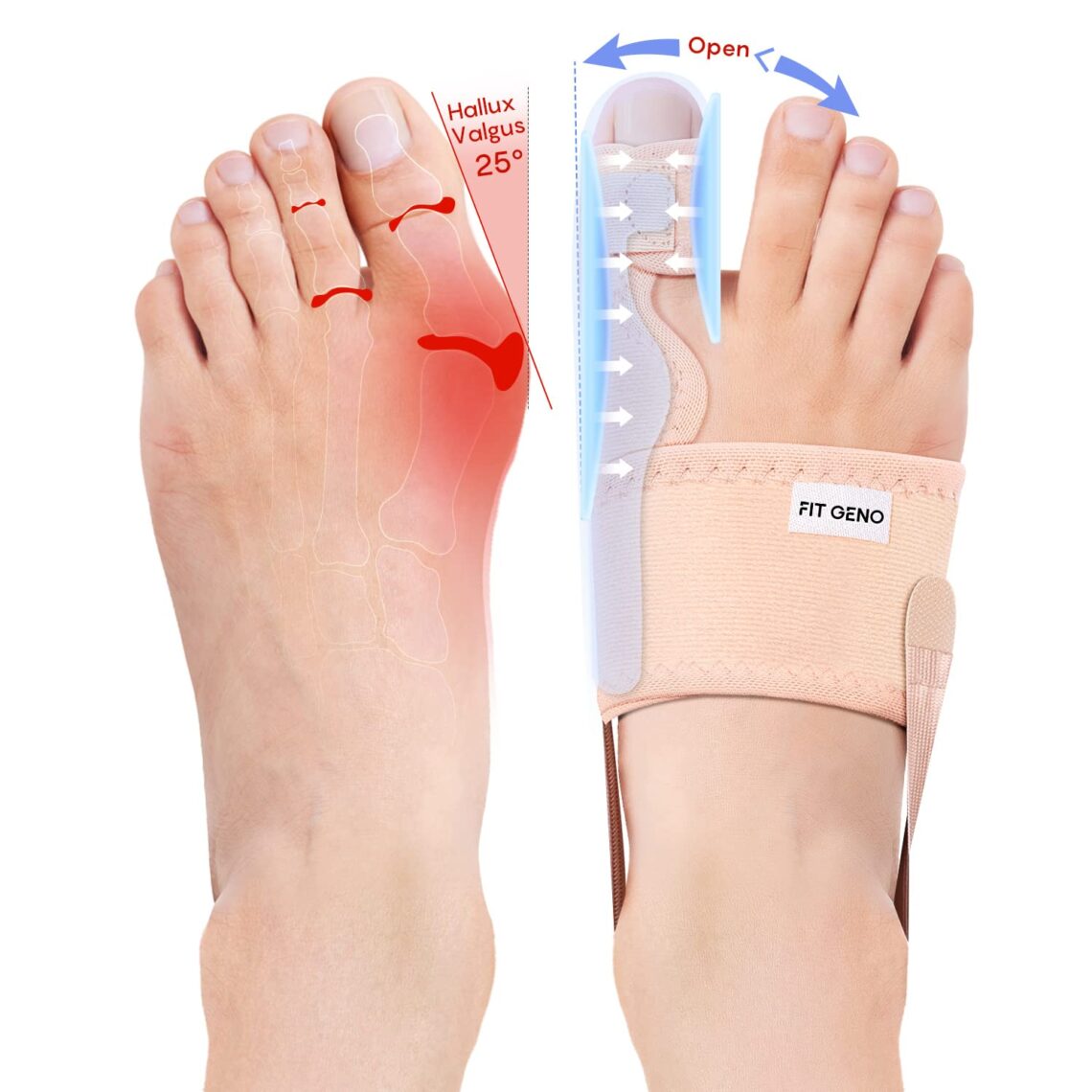Bunions are a common foot condition that can cause discomfort and affect daily life for many individuals. A bunion, also known as hallux valgus, is a bony deformity that develops at the base of the big toe. It is characterized by the misalignment of the bones in the joint, leading to a protruding bump on the side of the foot. While bunions can be hereditary, they are often exacerbated by factors such as improper footwear, foot mechanics issues, and certain medical conditions.
Using a bunion corrector can be a valuable tool for managing bunion discomfort and promoting proper toe alignment. However, it is critical to evaluate the bunion corrector’s performance to verify that it is producing the intended outcomes.
In this article, we will outline key signs to look for when evaluating the effectiveness of a bunion corrector. From pain reduction to improved alignment and overall progress in bunion management, we’ll guide you through the assessment process.
Pain Reduction
One of the primary goals of a bunion corrector is to alleviate pain. Assess the level of pain reduction after using the corrector for a period of time. Pay attention to whether the intensity or frequency of pain has decreased. If you notice a significant reduction in pain or find that you can engage in activities with less discomfort, it indicates that the bunion corrector is likely effective.
Improved Alignment
Another crucial factor to consider is the alignment of the affected toe. Observe whether the bunion corrector is helping to realign the toe and reduce the angle of the bunion. Look for signs of improved toe positioning and decreased deviation from the natural alignment. This can be assessed visually or by comparing the alignment to how it was before using the corrector.
Increased Comfort
Comfort plays a significant role in assessing the effectiveness of a bunion corrector. Take note of how comfortable the corrector feels during wear. A well-designed and properly fitting corrector should provide…
Read the full article here








